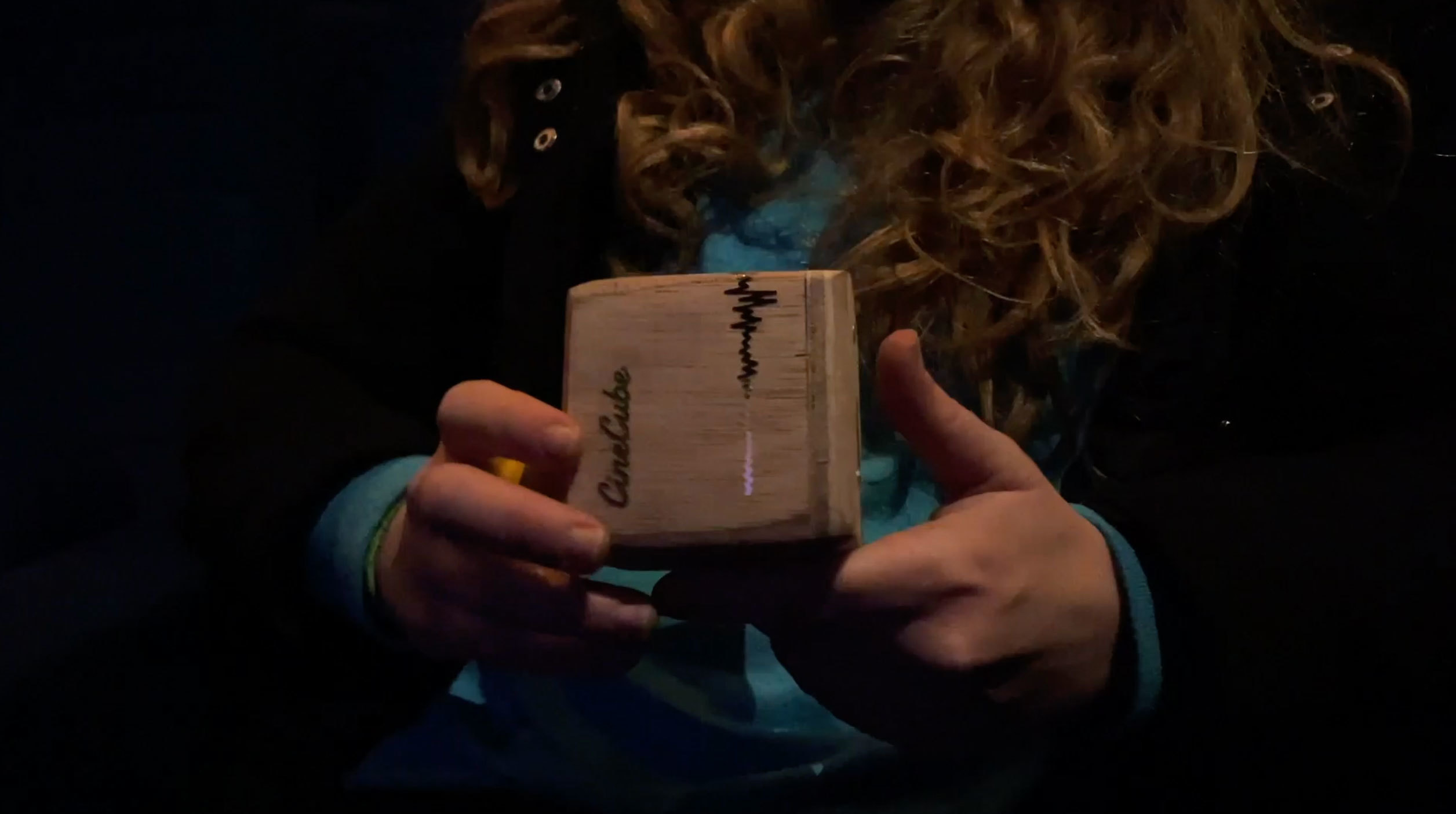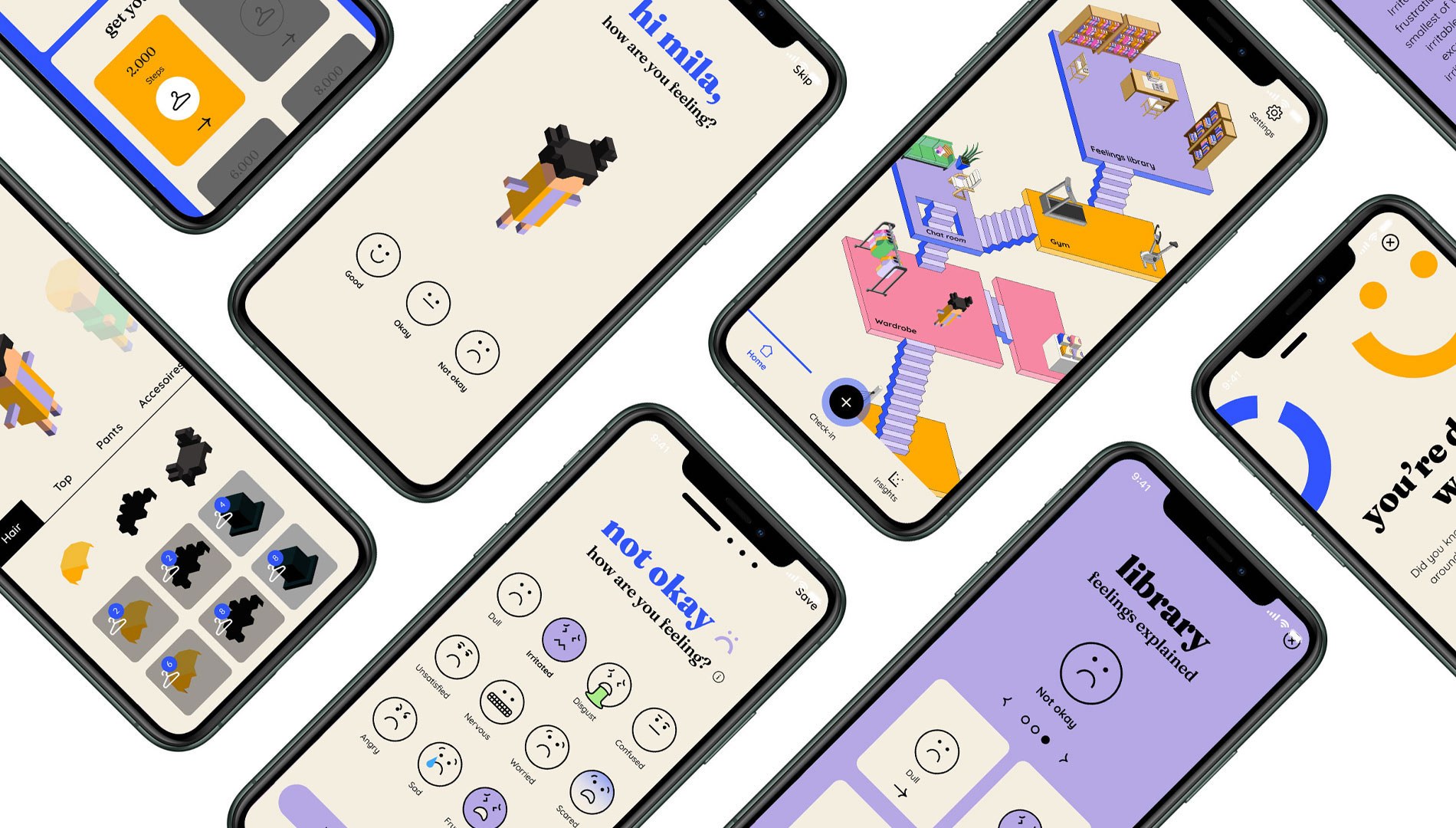
The tIJd machine
Building the future by knowing the past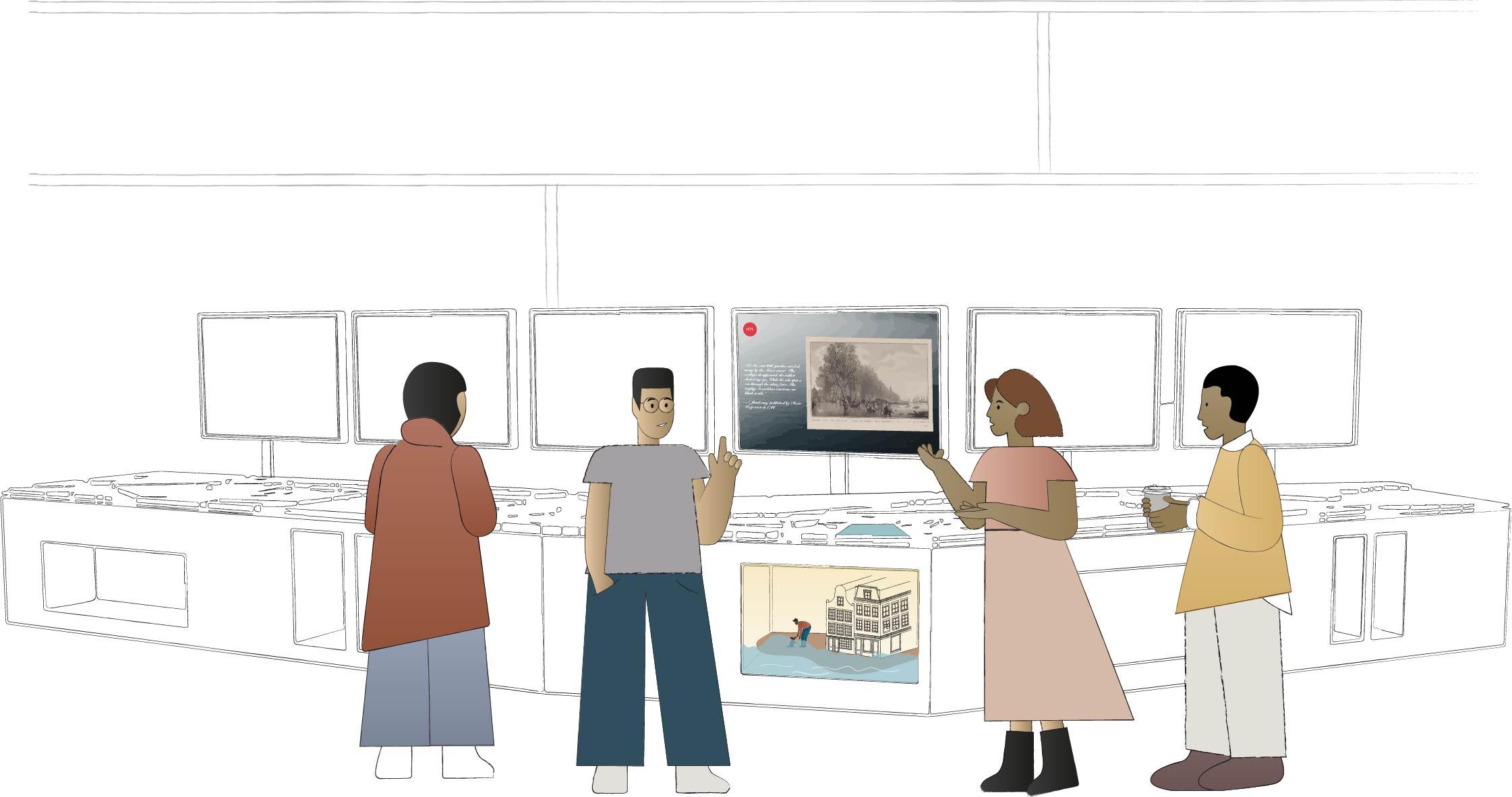
-
Client:
Architecture Centre Amsterdam (ARCAM)
- Team:
-
Disciplines:
Concept, Storytelling, Interaction Design
-
Schoolyear:
2021 - 2022
Rising water levels are a real threat to the future of Amsterdam and the rest of the world. Studying the past to find solutions for the future may be the key to tackling the crisis which is already at our doorstep. How can we portray this information in a way that is clear and impactful for the public? How can we make a map tell multiple stories at once?
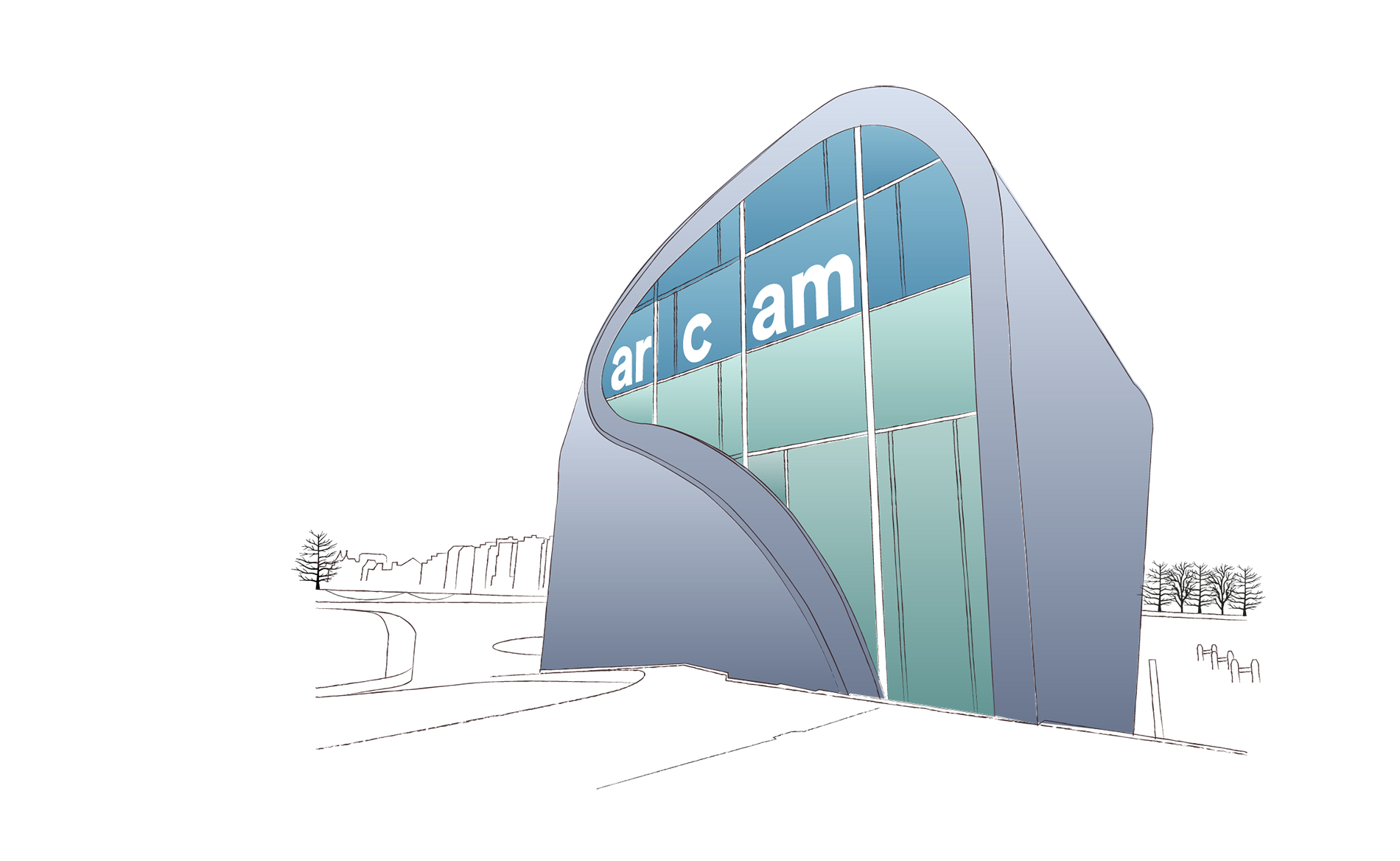
As the city’s centre for Architecture, Arcam is leading the discussions around the past and future of the city. In their up-coming exhibition, Arcam aimed to explore Amsterdam’s relationship with water and raise awareness about climate change.
We were asked to investigate ways in which to visualise multiple layers of information on a scale model, using tangible interactions. Emphasis was placed on having a physical model so that policy makers, urban planners and visitors can gather around it and discuss the future of the city.
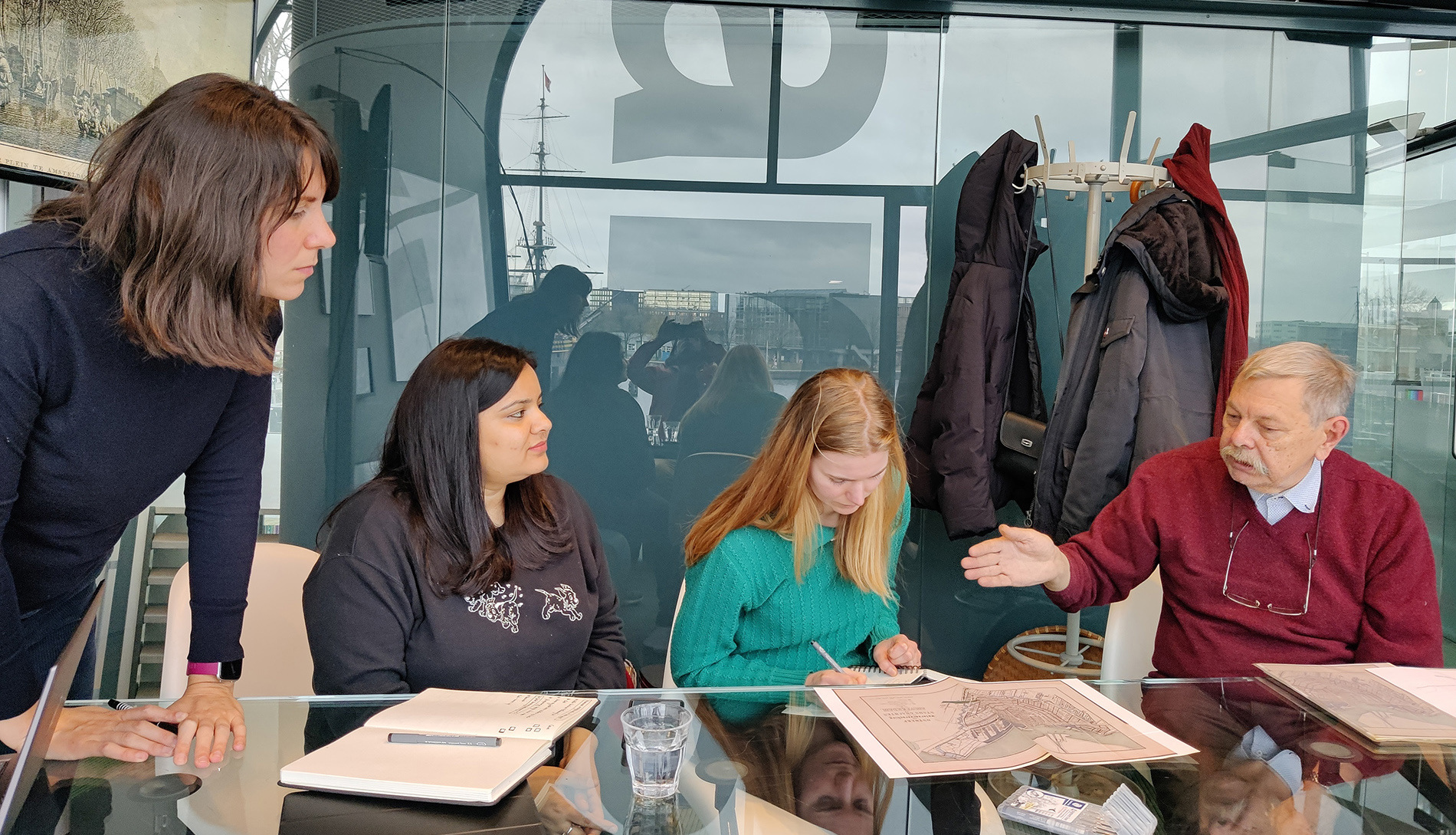
We created a two part installation piece which visualised data from the past and predictions of the future using two models and video stories. The piece resonates both with Arcam’s overall mission to explore the urban challenges that will impact Amsterdam in the future and with climate change considerations.
Rough start
From the beginning, our challenges were multiple: The model as a physical item is by definition “stuck in time”, meaning it will portray the city at one specific moment in history. Adding layers with the medium of projection was impossible due to the lighting conditions in Arcam’s exhibition space and the use of AR in a tablet or phone would enable very few visitors to look at the same thing together. In addition, determining the scale of the model was a challenge in itself since we had to make sure that water levels were visible, but also fit the entire length of the IJ river in one room.
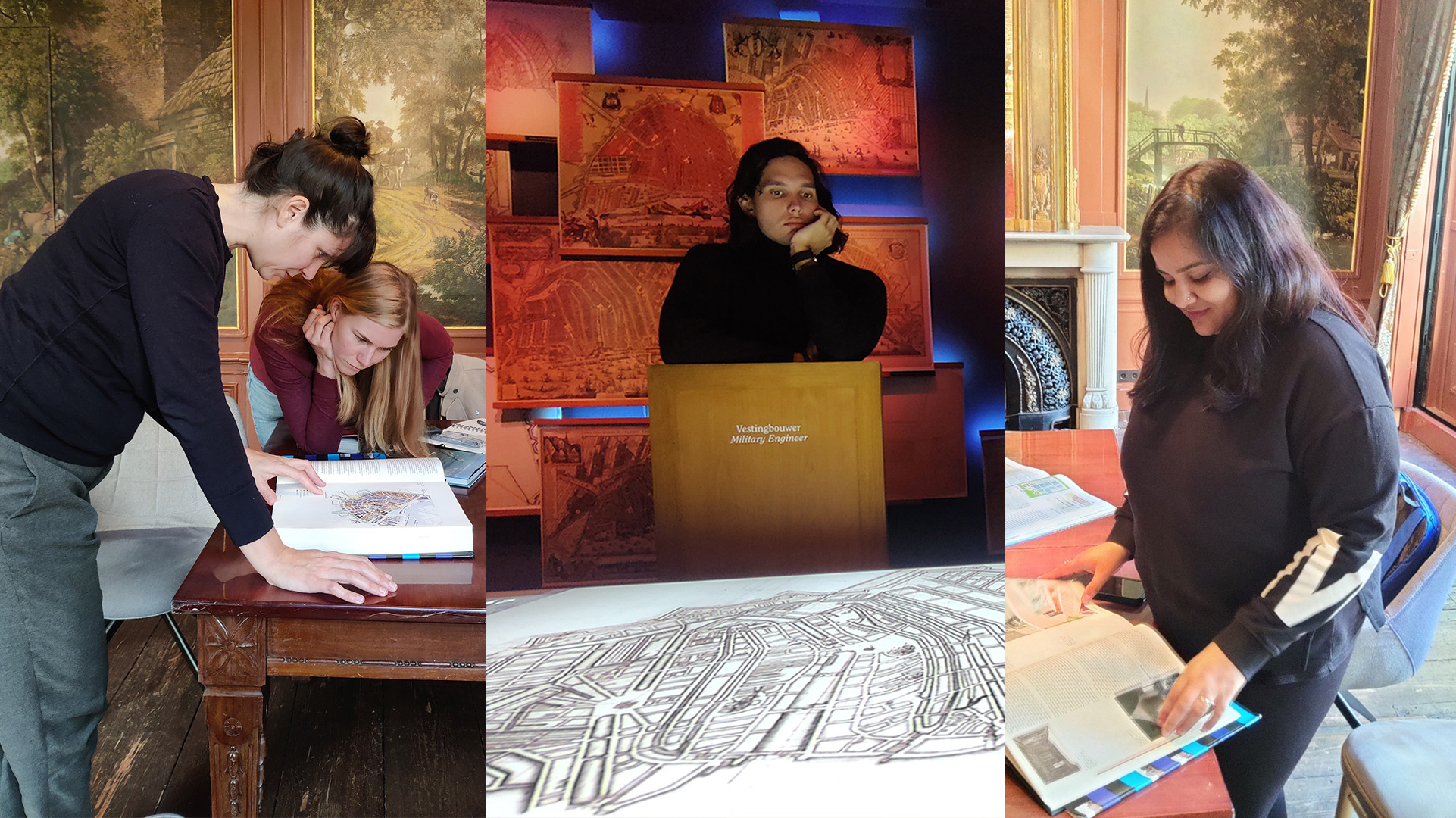
Our Creative Process
With multiple ideation sessions, a creative sprint, thorough research of similar case studies and technologies, we were able to create a multitude of concepts, all unique in their approach and challenges. We used techniques of speculative design to imagine future scenarios regarding man's relationship with water and really deep-dived into what makes us, as humans, empathise and change behaviour. In a final co-creation session with the client, we managed to come up with a unique concept and fit all the needs into a single solution.
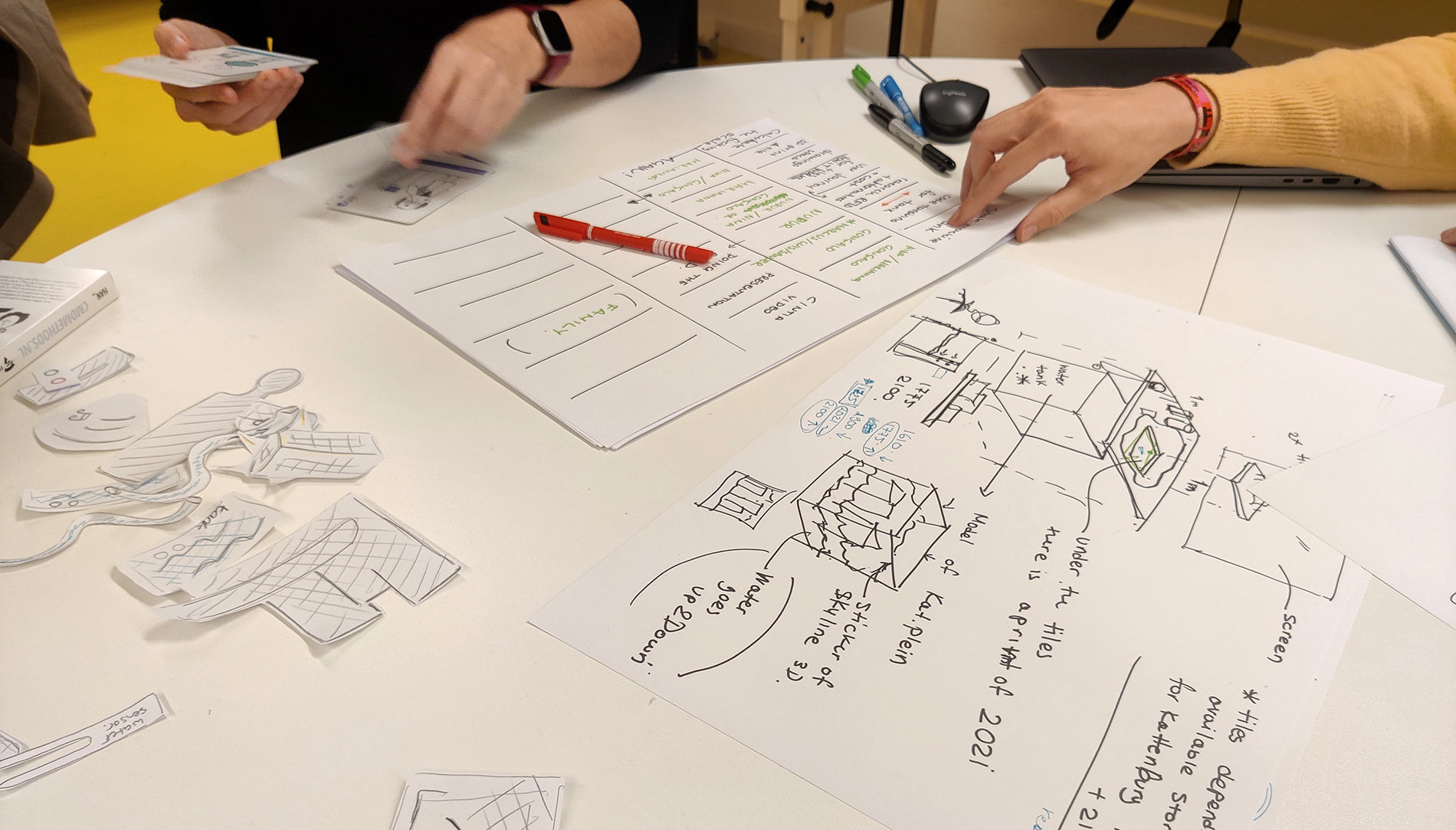
Prototyping
We started with small quick sketches, tried a few ideas in rough 3d prototypes and in the end created a large prototype to prove that the technology we proposed could have the desired effect. This enabled us to explain the idea quickly and show the importance of giving the user tangible objects for maximum engagement with the prototype.
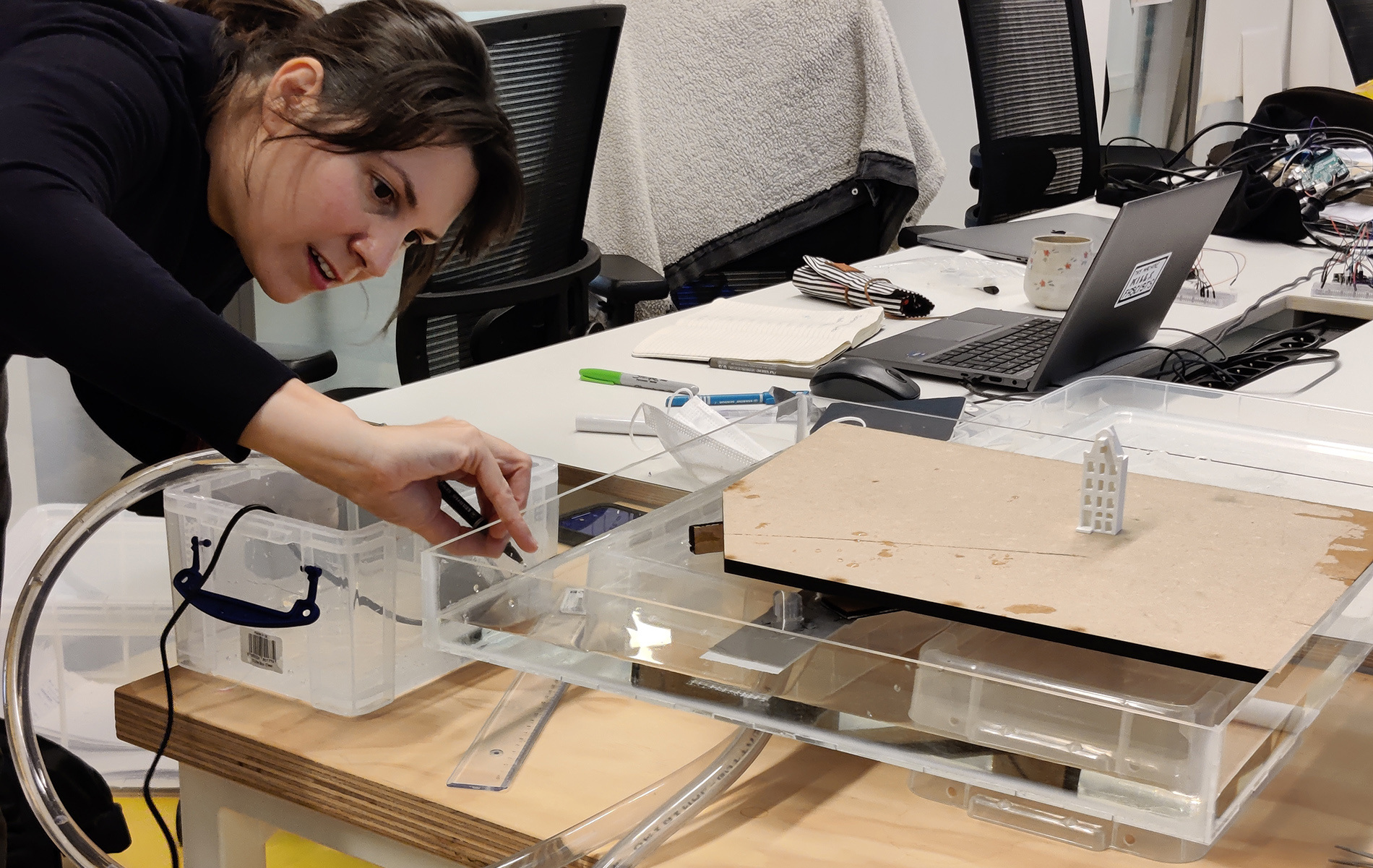
What we created
We created a museum installation piece that brings attention to the issue of rising water levels in Amsterdam at different time periods. By approaching the physical model as a puzzle through time, we enable the user to insert map pieces from different time periods and watch Amsterdam’s relationship with water unfold in corresponding videos. The tiles as objects are an interesting play on the concept of time travel as they can be compared side by side and moved around to become independent conversation tools.
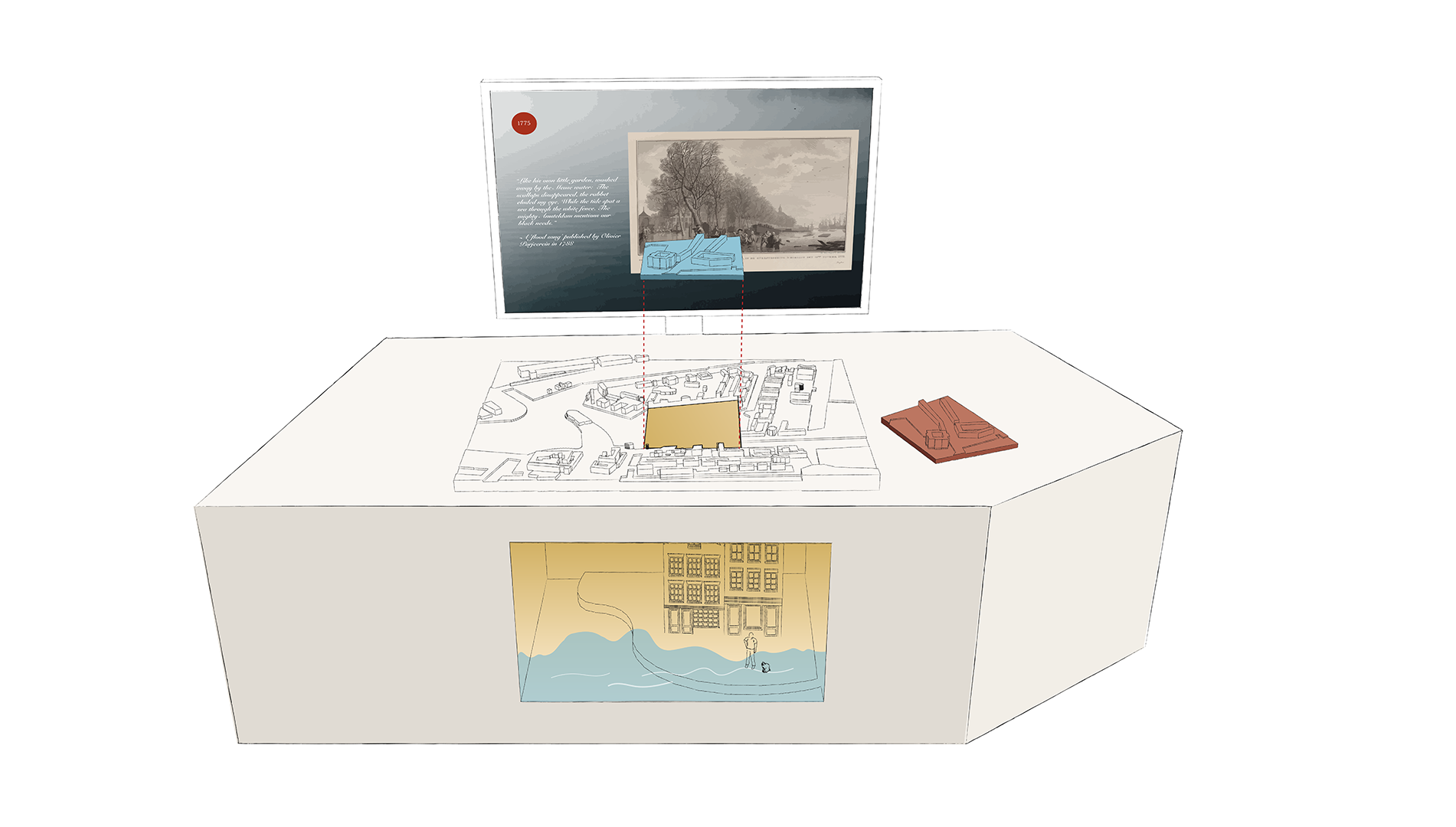
At the same time, a second model demonstrates the different water level changes on a larger scale so that the impact can be really felt. With this second model, we get the opportunity to zoom in on specific neighbourhoods and their stories as well as make available data in an appealing and useful way.
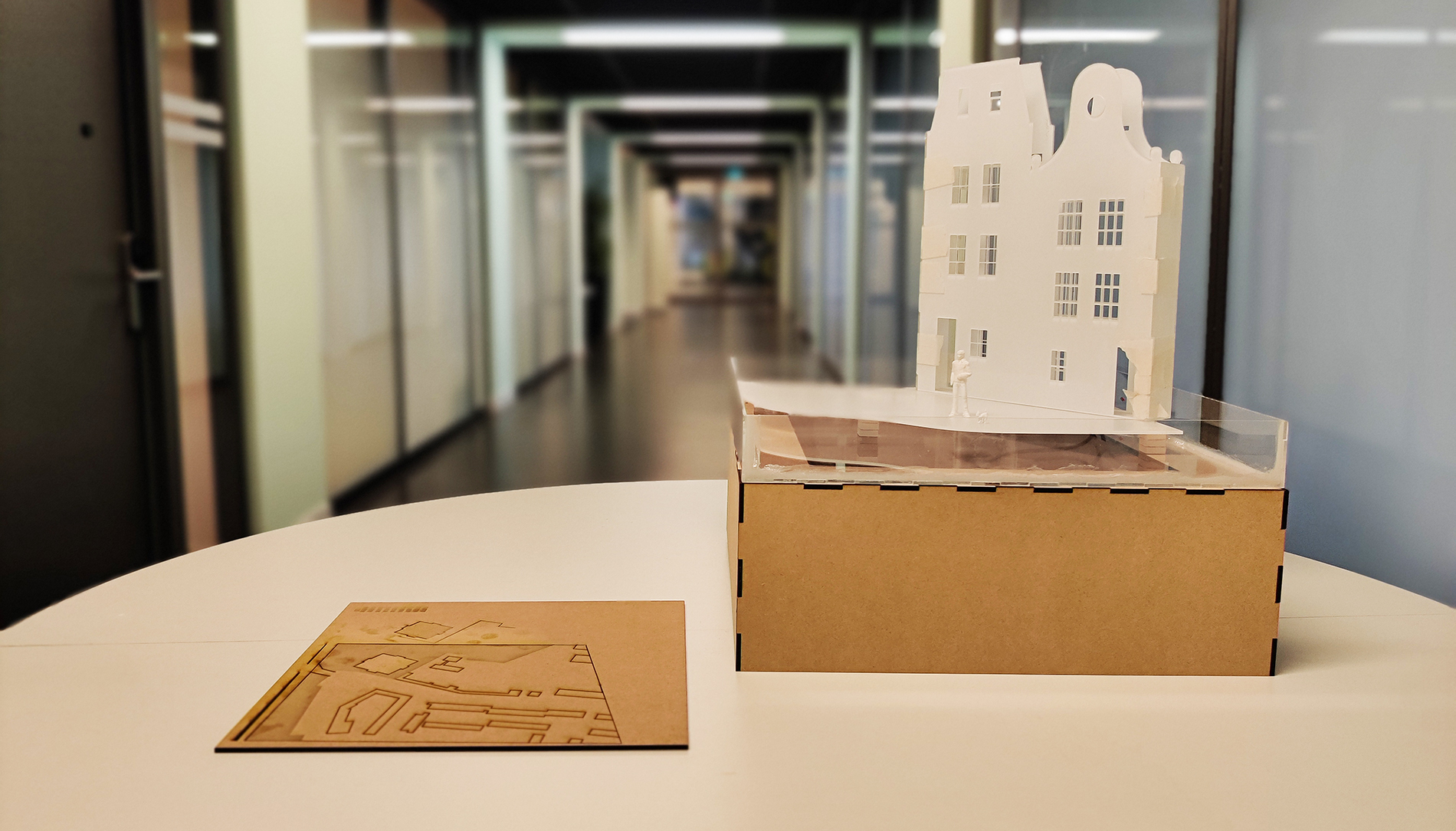
Each tile tells a different story and the solution plays with the idea that the visitor “literally” holds the future in their hands.
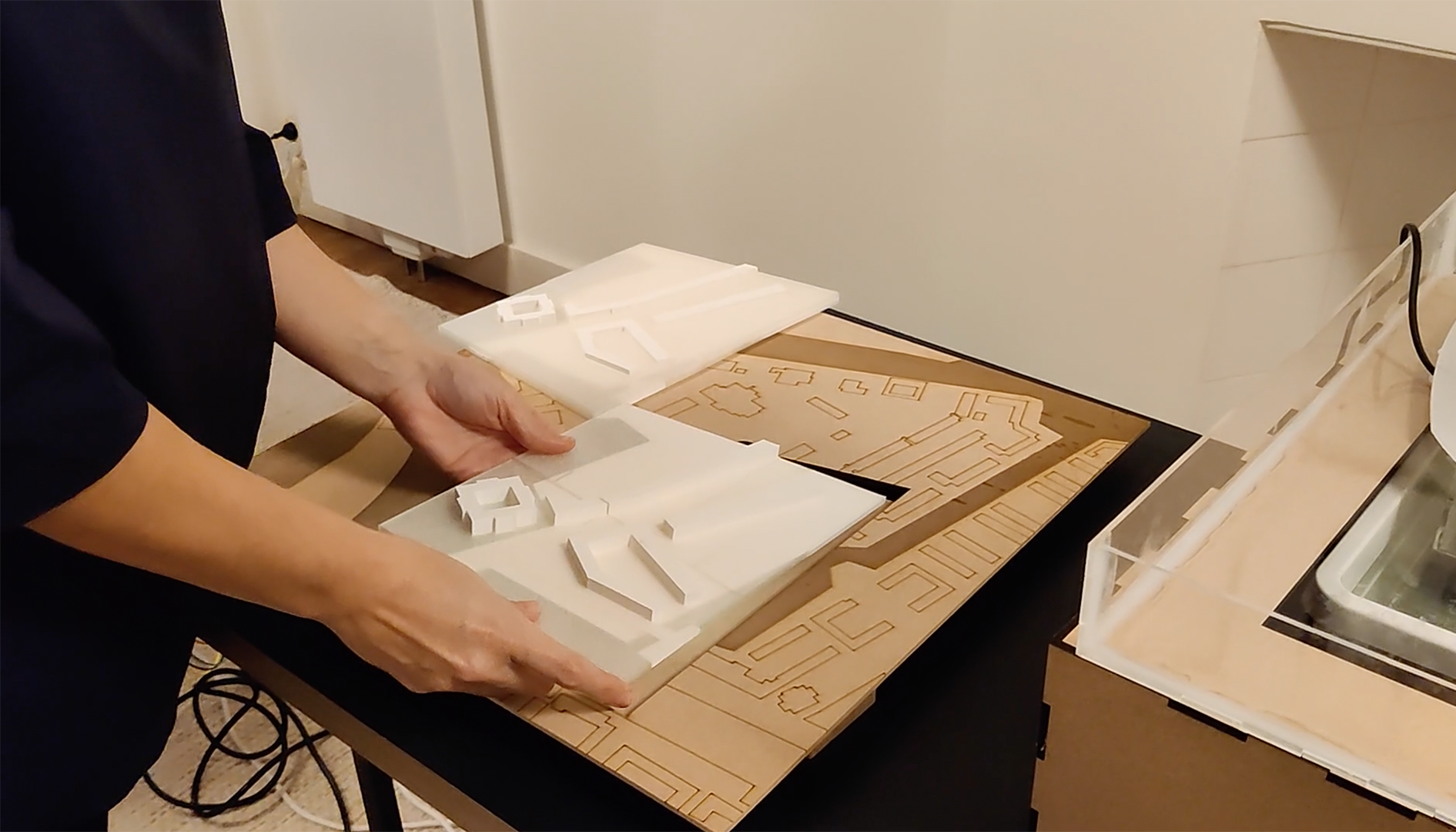
This complete solution enables Arcam visitors to reflect about the past of the city and build the future of Amsterdam.
